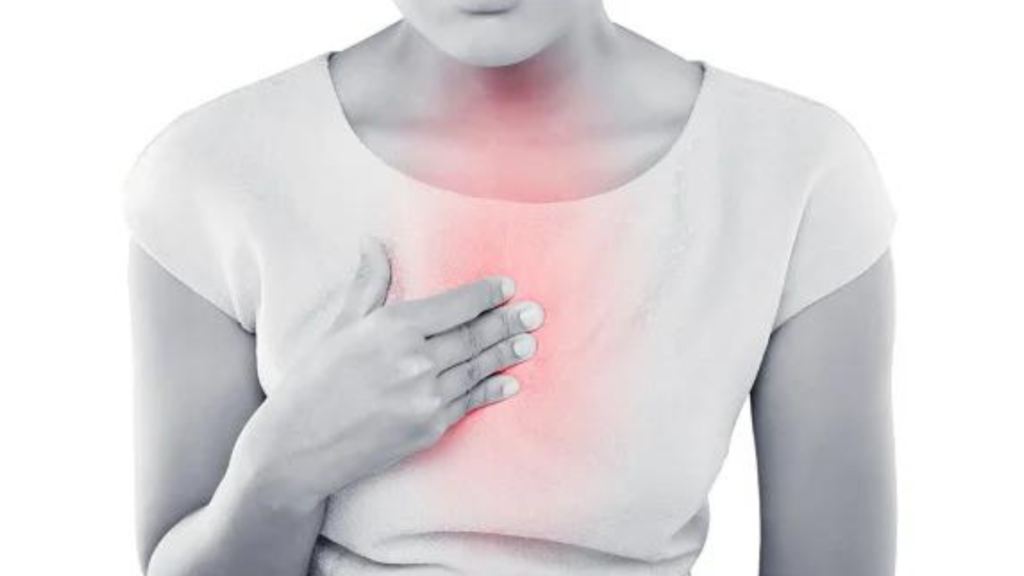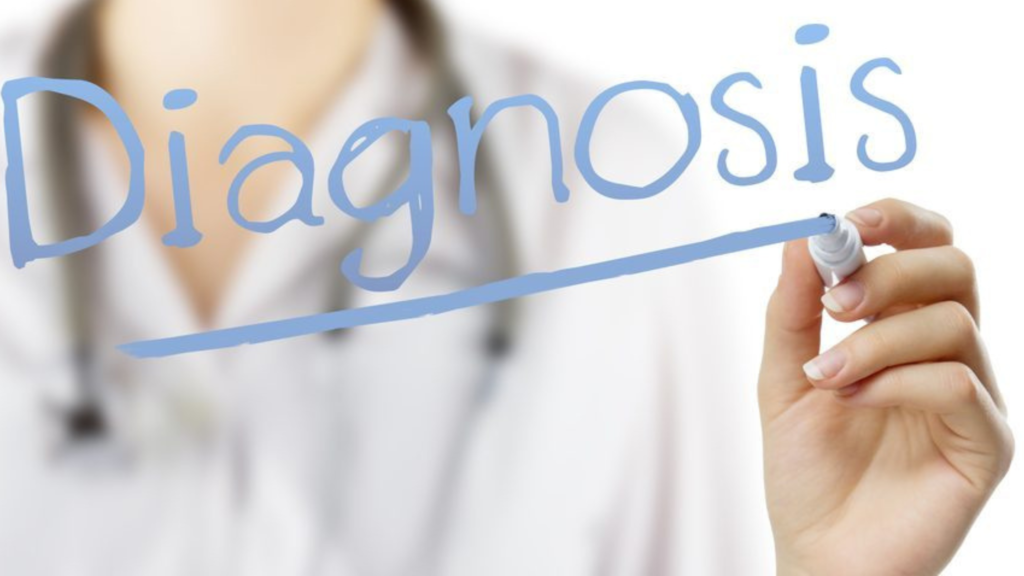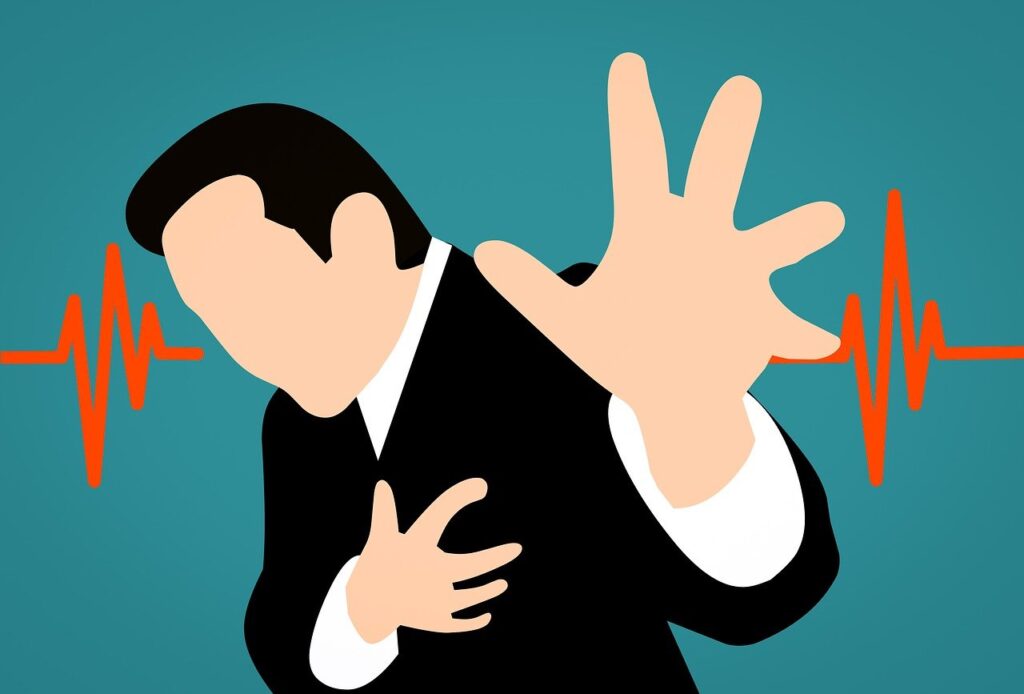What is Substernal Chest Pain ICD-10? The ICD-10 code for substernal chest pain is R07.2, according to ICD-10 Data.
Substernal chest pain is a sensation that strikes fear into the hearts of many. It’s not just any discomfort; it’s a signal from your body that something might be wrong, particularly when it comes to cardiac health. In this comprehensive guide, we delve into the intricacies of substernal chest pain, its diagnosis using the ICD-10 coding system, and the critical steps involved in its management.
In this same piece we will also discover substernal chest pain definition, symptoms, treatment, prognosis and follow-up
Definition Substernal Chest Pain

Substernal chest pain is the discomfort or pain that you will feel beneath your sternum. It is often associated with your heart and its surrounding structures. Its significance cannot be overstated, as it can be a hallmark symptom of various cardiac conditions, ranging from benign to life-threatening.
The International Classification of Diseases, 10th Edition (ICD-10), serves as a crucial tool in the medical field, providing a standardized system for classifying and coding diseases, including substernal chest pain. Prompt and accurate diagnosis is paramount in cases of chest pain to discern the underlying cause and initiate appropriate treatment swiftly.
Symptoms of Substernal Chest Pain
Substernal chest pain can manifest in various ways, and its symptoms will include:
- Pressure or Discomfort: A sensation of pressure, tightness, or discomfort behind your breastbone (sternum).
- Radiation: The pain may radiate to your arms, neck, jaw, or upper back.
- Burning Sensation: Some people describe it as a burning or squeezing feeling.
- Shortness of Breath: Difficulty breathing or feeling breathless.
- Nausea or Sweating: These symptoms can accompany substernal chest pain.
- Aggravation with Movement: Pain may worsen with physical activity or certain movements.
- Anxiety or Fear: Chest pain can cause anxiety or fear due to its association with heart conditions.
Diagnosis of Substernal Chest Pain

Substernal chest pain can stem from a multitude of sources, with cardiac etiologies occupying a prominent position. Conditions such as myocardial infarction (heart attack), angina pectoris, and acute coronary syndrome are chief among them, necessitating meticulous assessment and diagnosis.
The ICD-10 coding system plays a pivotal role in pinpointing specific cardiac diagnoses related to chest pain, facilitating streamlined communication among healthcare professionals and ensuring optimal patient care. Recognizing key symptoms and risk factors, such as dyspnea, diaphoresis, and hypertension, aids in the diagnostic process, guiding clinicians toward an accurate assessment.
Substernal Chest Pain Treatment Approaches
Upon diagnosis, a spectrum of treatment options becomes available for managing cardiac chest pain. Medications like nitroglycerin, aspirin, and beta blockers serve as frontline therapies, alleviating symptoms and mitigating the underlying pathology.
In severe cases, invasive procedures such as cardiac catheterization and percutaneous coronary intervention (PCI) may be warranted to restore your coronary blood flow and avert further cardiac compromise. However, alongside medical interventions, lifestyle modifications and diligent risk factor management are indispensable in preventing recurrent episodes of chest pain and fostering long-term cardiovascular health.
Prognosis and Follow-Up Care
The implications of cardiac chest pain extend beyond the acute episode, with potential long-term consequences looming on the horizon. Complications such as arrhythmias and heart failure underscore the importance of vigilant follow-up care, comprising regular monitoring of cardiac biomarkers and imaging studies to track disease progression and treatment efficacy.
Prognostic factors, including age, comorbidities, and response to treatment, exert a significant influence on the patient’s outlook, guiding clinicians in tailoring individualized care plans to optimize outcomes.
Summary
Substernal chest pain ICD-10 is R07.2. It represents a cardinal symptom warranting meticulous evaluation and management within the realm of cardiology. By leveraging the diagnostic prowess of the ICD-10 coding system and adhering to evidence-based treatment paradigms, healthcare providers can navigate the complexities of cardiac chest pain with confidence and precision.
You are encouraged to heed the warning signs of chest pain and seek prompt medical attention when necessary. By fostering awareness and understanding of cardiac chest pain and its implications. I encourage individuals to prioritize their cardiovascular health and embark on a journey toward wellness.
Having covered Substernal Chest Pain ICD-10,



